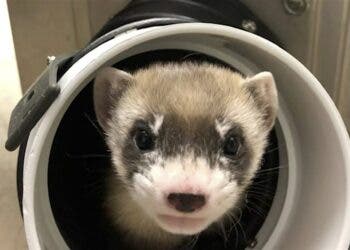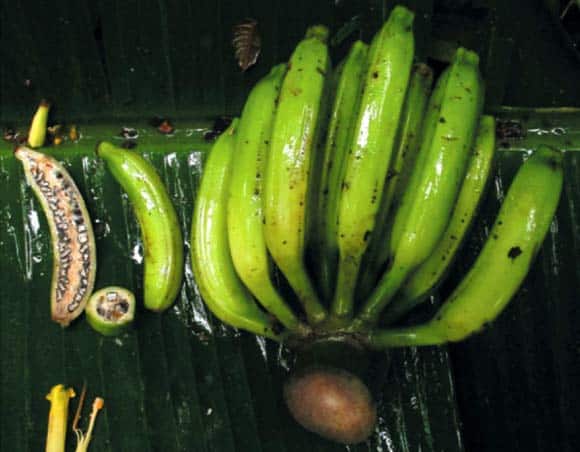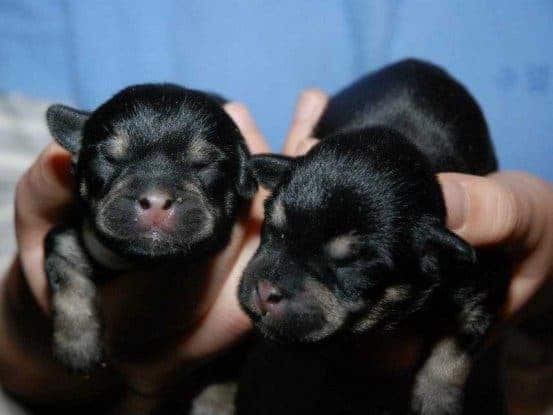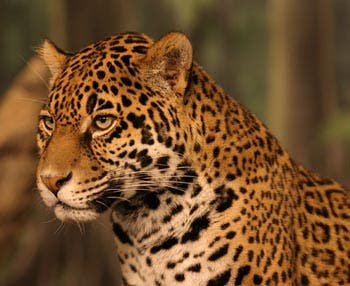The frozen remains of a palaeolithic foal were found embedded in permafrost in 2018. Now, researchers have harvested blood from it, hoping to collect viable cells for cloning.
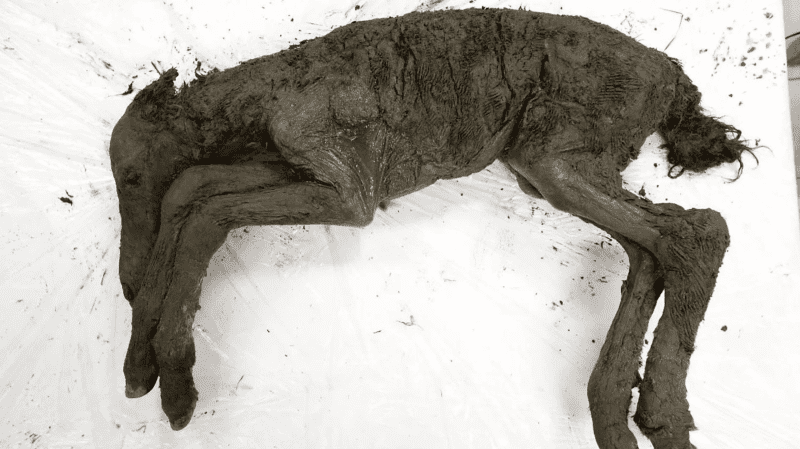
The specimen, thought to belong to an extinct species of horse known as Lenskaya breed (also known as the Lena horse), was found in remarkably good shape. Now, a Russian-Korean collaboration is analyzing the remains hoping to find viable cells to clone the creature.
So far, they’ve not been able to extract any somatic cells. More than 20 attempts to grow cells from the animal’s tissue have been carried out — and they all failed. However, the scientists hope that their luck will change, since they were able to extract liquid blood from the foal.
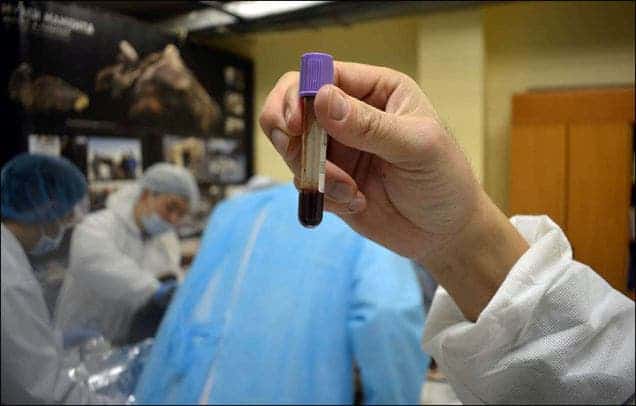
The unfortunate animal fell victim to deceiving mud. Presumably, due to its young age and inexperience, it entered the murky mud and was unable to free itself, drowning in the mud. The mud quickly froze, which created the favorable conditions for this excellent preservation.
The team, involving scientists from the North-Eastern Federal University in Yakutsk and the South Korean Sooam Biotech Research Foundation, noted that the muscles and heart vessels were in excellent shape. Even the hair was conserved by the permafrost.
However, researchers aren’t sure if the blood samples contain the clonable cells they are looking for — as the ultimate goal of the team is to revive this animal through the processes of cloning. However, the researchers appear to be completely be disregarding any ethical considerations associated with the process and rushing ahead — the team is reportedly already looking for a surrogate mare to give birth to the “comeback species”.
Sooam Biotech is in the business of cloning pet dogs in South Korea, despite the fact that its lead researcher, Hwang Woo Suk, has been accused of several egregious ethics violations during the 2000s).
Even if the creature is born, and even it is perfectly healthy after cloning (which is very questionable at this point), its quality of life will almost certainly be very low and it will be subjected to medical tests and experiments for its entire existence. Furthermore, its ecosystem no longer truly exists, and genetic diversity is non-existent, which makes it unlikely to develop a viable species.
However, the Russian-Korean collaboration is adamant. They are also trying to clone a woolly mammoth, despite doubts expressed by the international scientific community. Whether we like it or not, the cloning might soon happen.
